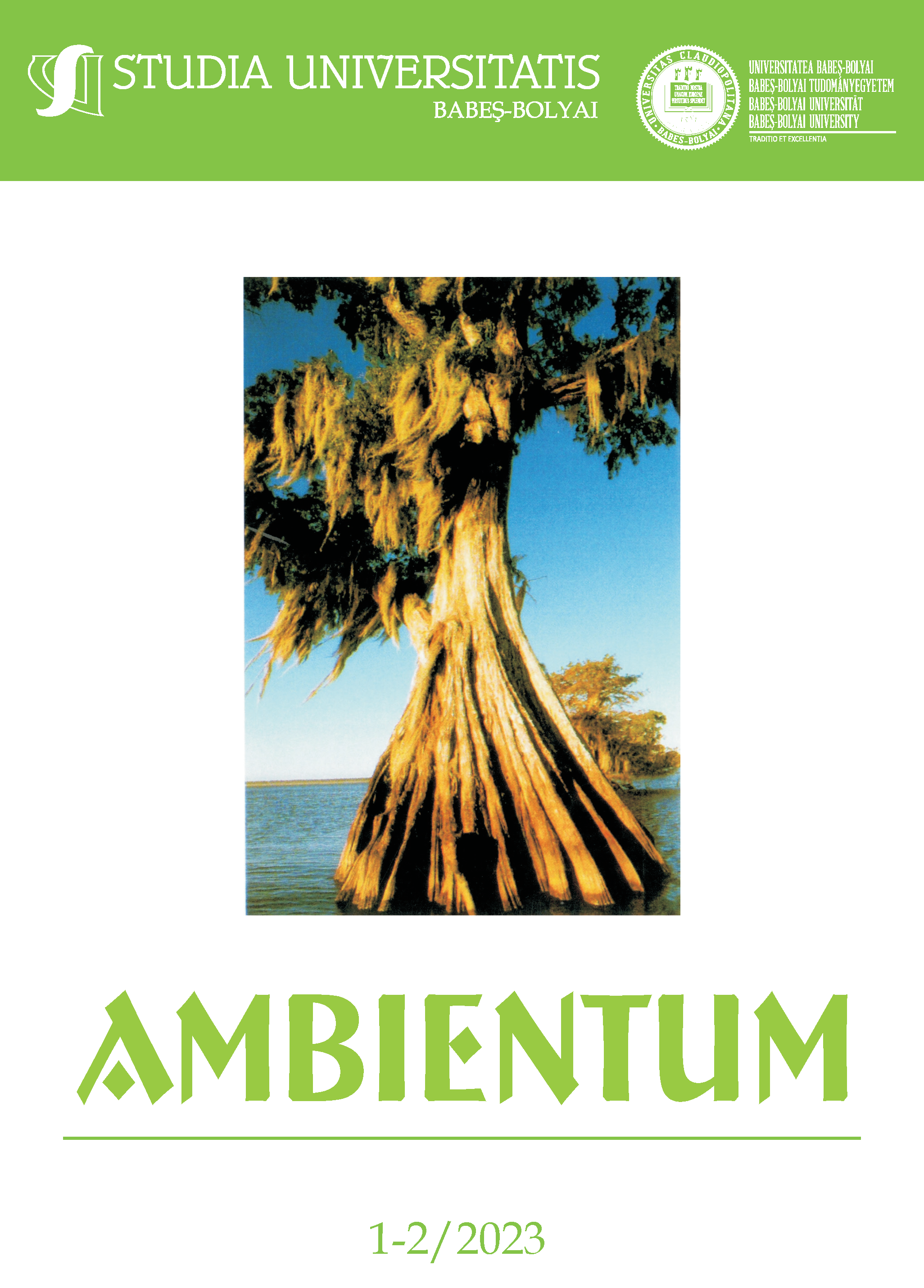A COMPARISON BETWEEN WATER RELATED STRATEGIES – LEADING TO A PROPOSED ROMANIAN WATER SECURITY STRATEGY
DOI:
https://doi.org/10.24193/subbambientum.2023.05Keywords:
national water security strategy plan, concept of water security\, water in Romania, water as an economic good, water quality in the environmentAbstract
This article makes a comparative analysis between the National Strategy for Water Management in Romania draft (which is in the final steps of being approved), the Someș Water Company (CAS) master plan, the Romanian national management plan related to the Danube’s River basin portion in Romania and the strategies of the authorities from England and those from the USA, which have a focus on water security. A comparison between the different paradigms of these 5 parties will be made, that will represent the basis of the author’s proposal for an alternative National Water Security Strategy in Romania. At the end, the necessary recommendations will be made for the development of such a strategy as well as other recommendations in case it will not be developed.
References
Affairs, HM Government Department for Environment Food and Rural. 2008. Future water - The Government’s water strategy for England. Norwich: The Stationery Office.
Alavian V., Qaddumi H. M., Dickson E., Diez S. M., Danilenko A., Hirji R. F., Puz G., Pizarro C., Jacobsen M., Blankespoor B., 2009, Water and climate change : understanding the risks and making climate-smart investment decisions. Washington DC: Word Bank.
Bakker P., 2012, Pathways to improve water security - Reflections. Aquatic Procedia, pp. 172-177.
Brouwer R., Hofkes M., Linderhof V., 2008, General equilibrium modelling of the direct and indirect economic impacts of water quality improvements in the Netherlands at national and river basin scale. Ecological Economics, pp. 127-140.
Ching L., 2016, Resilience to climate change events: The paradox of water (In)-security. Sustainable Cities and Society, pp. 439-447.
Government U.S., 2017, Global Water Strategy. https://2017-2020.usaid.gov/sites/default/files/documents/1865/Global_Water_Strategy_2017_final_508v2.pdf
Grey D., Sadoff C. W., 2007, Sink or Swim? Water security for growth and development. Water policy, pp. 545-571.
Group World Bank, 2016, High and Dry. Washington. https://documents.worldbank.org/en/publication/documents-reports/documentdetail/862571468196731247/high-and-dry-climate-change-water-and-the-economy
Hallegatte S., Hourcade J. C., Dumas P., 2007, Why economic dynamics matter in assessing climate change damages: Illustration on extreme events. Ecological Economics, pp. 330-340.
Ministry of Environment, Waters and Forests. 2021. Updated national management plan (2021) for the national area of the international river basin of the Danube River. Bucharest: National Administration of Romanian Waters.
SA (Şomeș Water Company). 2006. Updated Master Plan for the Drinking Water and Wastewater Sector of the Someș Basin (Cluj-Sălaj). Cluj-Napoca: Tahal Consulting Engineer LTD
SA (Şomeș Water Company). 2022. 02 11. https://www.casomes.ro/?page_id=1792.
Shrestha S, Aihara Y., Bhattarai A. P., Bista N., Kondo N., Futabaa K., Nishidaa K., Shindoa J., 2018, Development of an objective water security index and assessment of its association with quality of life in urban areas of developing countries. SSM - Population Health, pp. 276-285.
Siskaa E. M., K. Takara, 2015, Achieving water security in global change: dealing with associated risk in water investment. Procedia Environmental Sciences, pp. 743 – 749.
Stringer L. C., Mirzabaev A., Benjaminsen T. A., Harris R. M. B., Jafari M., Lissner T. K., Stevens N., von der Pahlen C. T., 2021, Climate change impacts on water security in global drylands. One Earth, 4 (6), pp. 851-864.
Takaffuji E. T., Sidell F. R., David R. Franz, 1997, In Medical aspects of chemical and biological warfare. Office of The Surgeon General Department of the Army, United States of America.
UNEP (United Nations Environment Programme), 2002, Atlas of International Freshwater Agreements. Sioux Falls: Oregon State University. https://na.unep.net/siouxfalls/publications/treaties/1_Front_atlas.pdf
USA, 2017, World Water Development Report. UN Water. https://www.unwater.org/publications/un-world-water-development-report-2017
USA, 2021, Interim National Security Guidance . The White House. https://www.whitehouse.gov/wp-content/uploads/2021/03/NSC-1v2.pdf
Velázquez E., 2006, An input–output model of water consumption: Analysing intersectoral water relationships in Andalusia. Ecological Economics, 56 (2), pp. 226-240.
Zhou, You, Nan Lu, Haitang Hu, and Bojie Fu. 2023. “Water resource security assessment and prediction in a changing natural and social environment: Case study of the Yanhe Watershed, China.” Ecological Indicators, 154, https://doi.org/10.1016/j.ecolind.2023.110594.
Downloads
Published
How to Cite
Issue
Section
License
Copyright (c) 2023 Studia Universitatis Babeș-Bolyai Ambientum

This work is licensed under a Creative Commons Attribution-NonCommercial-NoDerivatives 4.0 International License.



